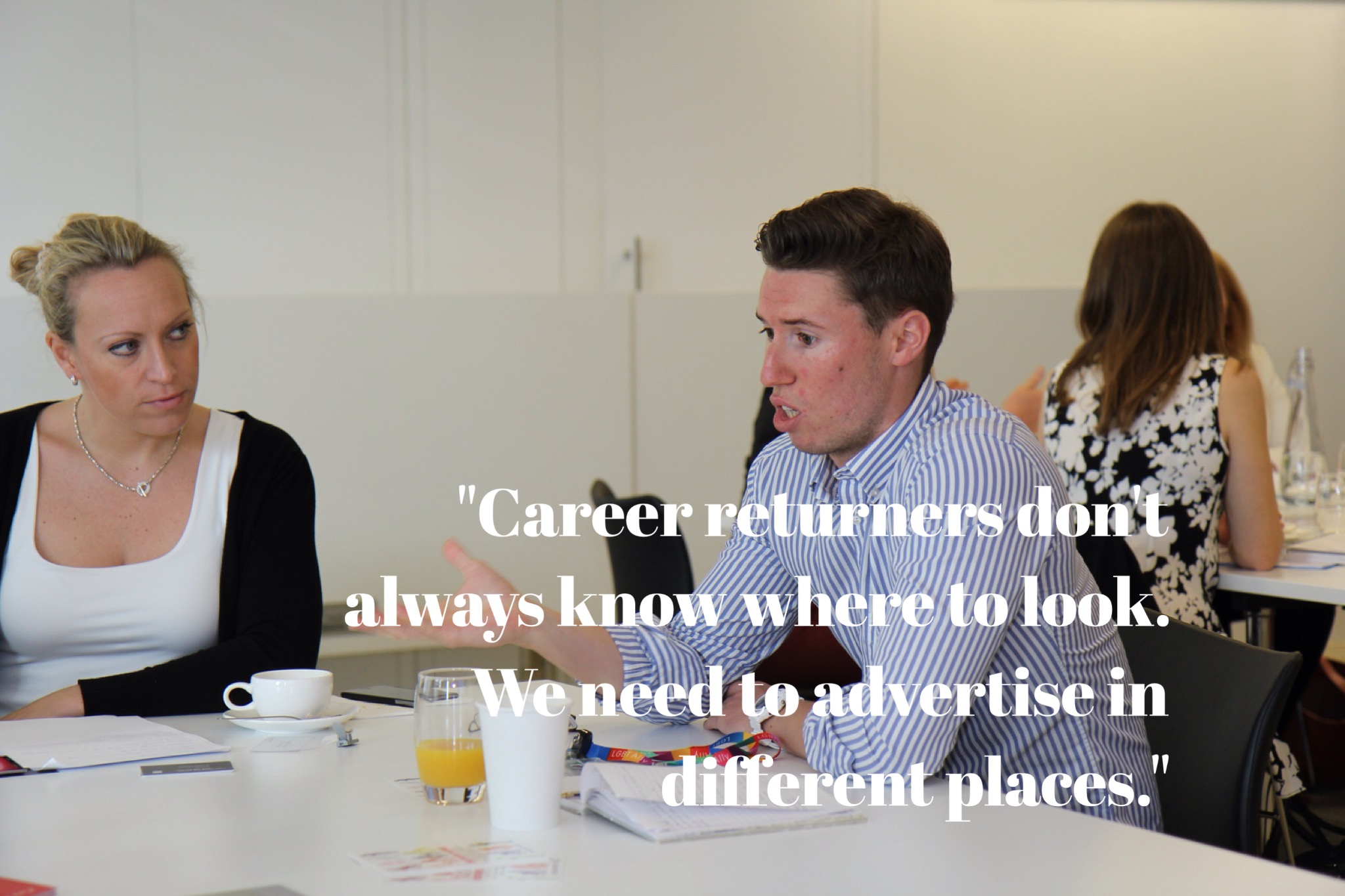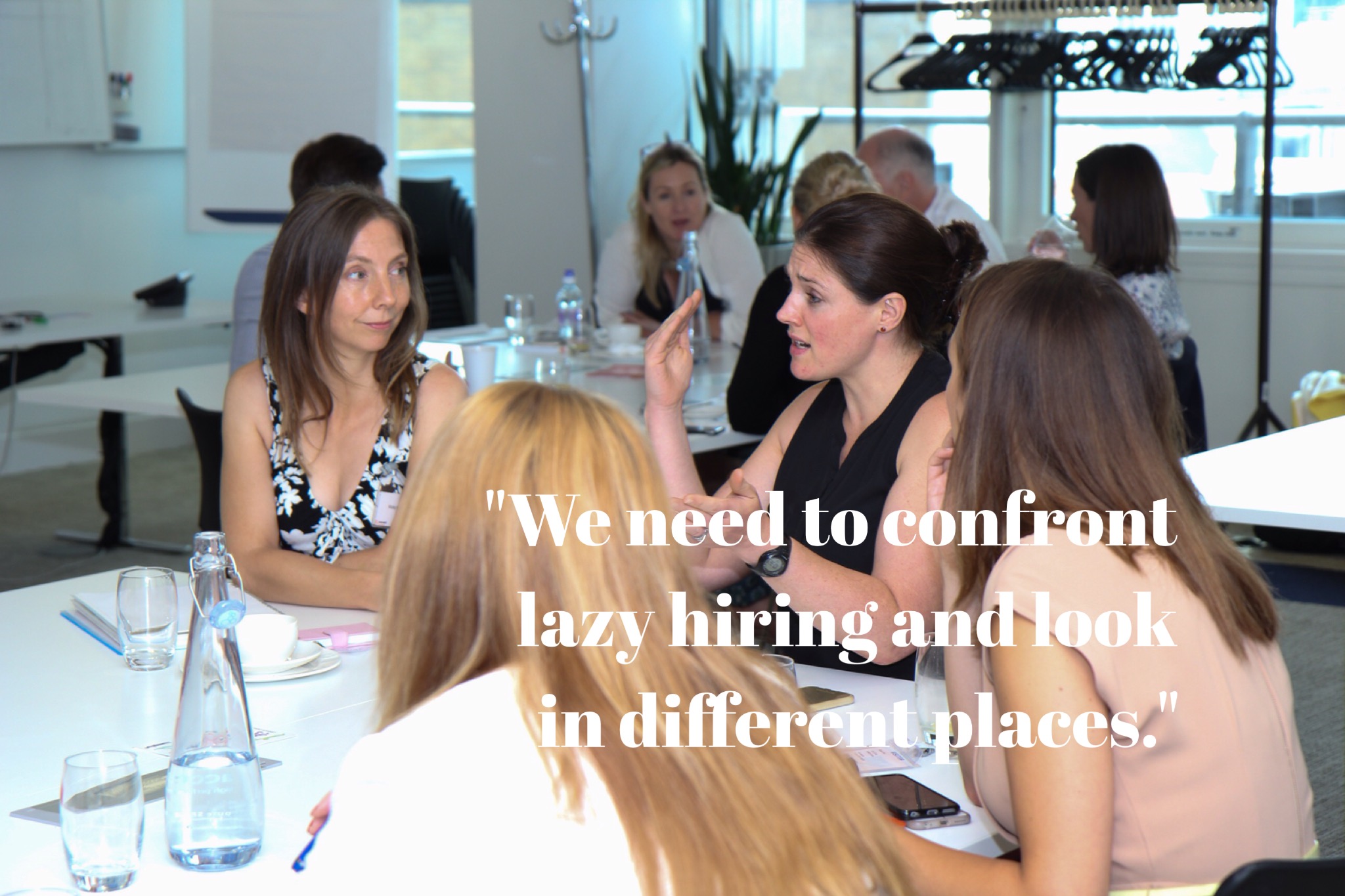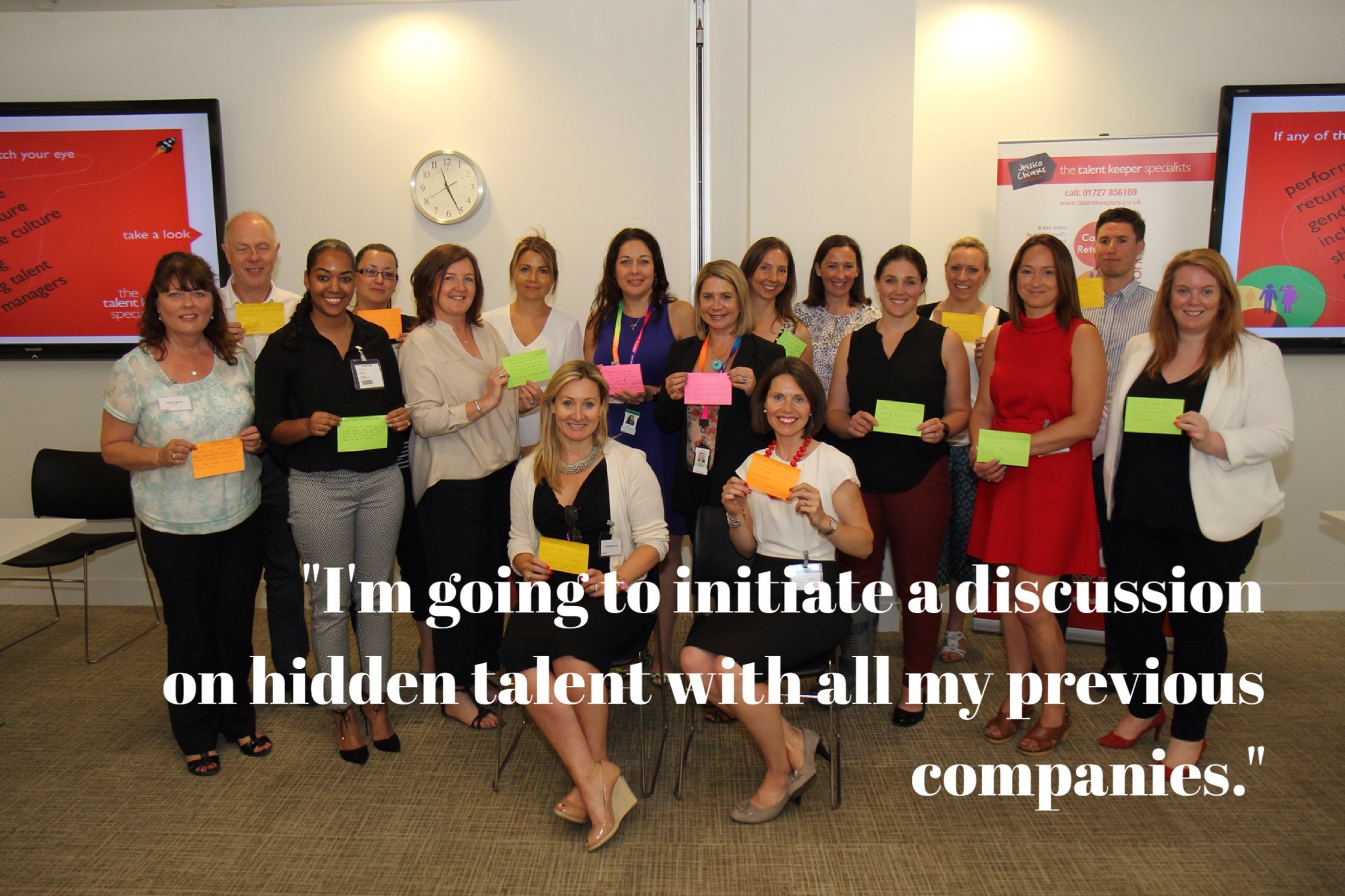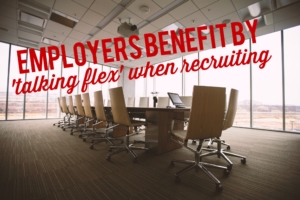
Nikki ‘Director of the Symphony’ Gatenby is the Managing Director of Propellernet in Brighton, one of the most progressive Search Marketing agencies in the UK. She fuels talent by asking her people to be ‘stunning colleagues’ and they’ve been hailed one of the top 25 places to work in Europe.
In an instant we know Propellernet is a special place to work when Nikki tells us her job title is not so much MD as ‘Conductor of Our Symphony’ – a job she says is about creating unity and harmony from diversity. Propellernet was the Best Place to Work in the UK 2013 and the Top 25 of the Best Places to Work in Europe in 2014 by the Great Places to Work Institute & The Guardian.
Nikki was MD of the Year at the Brighton & Hove Business Awards, partly for Propellernet being recognised as one of the most democratic businesses in the world by Worldblu 2012, 2013 & 2014 and achieved the Investors in People Health and Wellbeing award (one of the smallest companies in the UK to win an Investors in People). Their clients include Marks & Spencer, Sportsshoes, L K Bennett and The Telegraph.
Incredibly high colleague retention

“Attracting and retaining talented people (55/45% male/female split) is my top priority – we put on a high impact experience for our clients, buy pulling together multiple different disciplines and personalities.
Both women and men are equally important here and each person is treated as an individual, based on their own personal circumstance. One of the outcomes of the way we support and develop our team is really low staff turnover, at less than 10%, with our nearest competitor being c30% – and our clients love it. Our Net Promoter Scores this year across our client stands at an industry leading 94% and we regularly get new business through client referrals.
It commands leadership that is intuitive and emotionally intelligent, wrapped up and an obsessive interest in others (rather than self). You have to be completely aware of everyone’s personal circumstance and the environment in which they operate best – it’s the same for men and women. Everyone is an individual and we all have needs beyond the company.
You also need to recognise when it is time for someone to take on a new challenge or experience and that may not be with Propellernet. I actively encourage the team to take up a travelling adventure or go for a role with a client if I truly believe it will benefit them.
Personalising flexibility
45% of us are parents, again, pretty evenly split between men and women. The responsibility to care for the children and get back to work can fall on either party and we make great efforts to support the mums and dads. We have enhanced maternity and paternity to offer paid leave and flexibility on hours on return to get into the swing of things, but there’s so much more;
One of our dads became a father to twins who were 3 months premature. We thought about what would support him the most at this worrying time – a mixture of dog walkers, cleaners and ready prepared luxury food parcels were on the menu, along with extended flexible working to allow him to visit the hospital during the day for the 3 month period before his full paternity leave kicked in. It was an agreement we came to together and totally based on personal circumstance.
A lot of our working parents want to have the flexibility to work different hours than the standard working week. 25% of the company work a mixture of part time on 3 or 4 days a week, shorter working days over the full week, 4 longer days over the 5 day week or variable mornings or afternoons at home or a mixture of all of the above! Whatever is needed.
Saying that, it’s not just parents. Recently one of our team was really passionate about writing a book, as we encourage diversity of learning and experience, we changed her working hours to enable her to take a day a week to concentrate on writing her book – which is going great guns.
Each of us taking personal responsibility, makes flexibility work. We have a set of values, but also a set of behaviours that work well for us. We’re focusing on this quite a lot right now and one of the key things in terms of behaviours is ‘to be a stunning colleague.’
This is not about employer – employee relations. This is human to human care and attention.
Education, Education, Education
I’ve been experimenting with better ways of working in competitive digital agencies in London, Paris and now Brighton over the last 15 years. Having graduated from Kingston University and alumni of London Business School and Cranfield University, I have a keen focus on personal development and continuous learning for everyone in the company. I don’t believe there is a week that I come away from work without having learnt something and I expect others to be able to feel the same.
We have developed our own internal Propellernet Academy, where everyone in the company, male, female, oldest, youngest , technical, creative, PR etc has a role to play in sharing and learning. We are in a fast moving environment and need the collective energy and intellect of the full team to keep us all up to date is imperative.
As such, we don’t bill out all of our time to clients. We aim to limit it to 80% (in previous agencies, this often goes over 100%). The rest of the time is to learn, share, read books, go to events, take part in the Academy.
Our Academy ‘lunchtime learnings’, ‘bitesize briefings’ and ‘shareback Thursdays’ all take place during the working day, to enable those with time bound responsibilities, such as picking up children, to still be able to take part.
Our weekly ‘New News’ company meeting on a Friday is hosted by me and another of our Directors, but owned by everyone – the agenda self forms each week based on what individuals feel they would like to share to inspire or simply keep each other up to date. It’s like a family breaking bread together around the dining table, sharing stories and experiences.
Opportunity cost of the Academy in terms of billed out hours last year was over £1m. But the actual strategic return across the business is invaluable.
The Academy, headed up by one of our part time working mums, has been recognised by our industry as leading the way in talent development, winning awards most recently of
- Brand Republic Award 2014 – Talent Management Expertise
- Guardian Best Awards 2014 – Best Development of Agency Talent
Values. And putting your money where your mouth is.
Our agency values are Creativity, Innovation, Adventure, Fun and Wellbeing. They are woven into the very fabric of the operation. For example, good health and wellbeing puts us in pole position to develop and grow – so everyone qualifies for Propellernet funded healthcare (extended to their families)and we allocate 5% of our profits every month to specific wellbeing activities. Thus ensuring our individual and collective creativity rises and that we remain energetic about our business.
Wellbeing activities can be anything that the team deem valuable to do; such as subsidised Pilates, attending Improv classes, Community work (such as supporting the Brighton Fringe or Brighton University)and pre-payday lunch to gather everyone together on a regular basis, just before the payday pinch happens. There raft of options grows each year.
A spirit of adventure and expand our experiences puts us in pole position to develop and grow – so everyone is given a day a month, a Propel Day, to get out of the office and ‘Propel yourself forward’ – in whichever way you see fit. And after 5 years service, we offer the opportunity of a sabbatical, to take a month off, paid, to go and experience something wonderful. There is no difference between those who are full time, part time or working flexibly. The opportunity is there for all. The one thing we expect back is for everyone to take on the personal responsibility of delivering great work and being a stunning colleague. And it works.
Rewarding colleagues – the dream machine.
By focussing on the right things, people development being one of them, we have experienced triple digit revenue growth. But there’s always room to take it up a level. Imagine if your employer could help make your dreams come true? Or you could help your employees dreams come true…
We have a Dream Ball Machine at Propellernet – an old fashioned sweet dispenser filled with individual dream ball capsules. Each capsule has a person’s name in it who works at Propellerne and when we hit a major milestone or target, we aim to release a dream ball and make someone’s dream come true. I have Dream Consultations with each person at the agency and ask them how they are going to make us more successful and if we succeed, what we can do to help make one of their dreams come true.
When we won the Great Places to Work award, we pulled two dream balls – last year Steve and Jim took the trip of a lifetime to the World Cup in Brazil, something they’ve both wanted to do since they were small. With a mix of time, connections and a bit of budget, we got them there.
Carla’s dream ball dropped last Christmas and she took a dream family holiday in the Alps for her father’s 60th birthday – all put together based on our connections in travel and people in the Alps
It’s not all about waiting for a dreamball to drop though; Sophie wants to go on Safari so we’ve started working with a company in Namibia to promote their Safari’s and part of this is Sophie living her dream by spending time out on safari whilst supporting the company in their marketing activities. Mark wants to create a sci-fi-rock-opera – we’re in the process of giving him the time and space to do it, with our collective connections with writers, journalists, those in the music and video industry…watch this space
And there’s many more.
The point being, if you create a company that encourages people to lead full lives and follow their dreams, you can land a full roster of creative, innovative, award winning talent – that makes everyone’s lives better.
The motivation to be different – make life better.
We have a real sense of purpose behind our business. It comes from a vision to ‘Make Life Better.’ If we can make life better for our clients customers online; help them find what they need – great content, great answers to their search queries online, in our connected world, they are likely to talk to their friends about it, to share it and promote our clients
If we can make our clients lives better by having consistent teams, doing great work, getting them results, making them famous, whatever it is they need, they will value our relationship all the more and make our lives better
If we can collectively make life better for each other within our agency team, we are all going to be happier, more creative and productive and enjoy our time at work.
It’s really that simple.
Without this culture….
- We wouldn’t have such good growth figure or great client feedback.
- Our turnover would inevitably be higher as would our recruitment costs.
- Less parents would come back to work.
- All our key metrics would take a hit.
- The journey wouldn’t be half as much fun.
- There would be no point, no purpose.
As our CEO once said, after being blown away by meeting the genius of Nile Rogers and listening to him talk about creating great music with soul last year: “Music without soul is just noise, business without purpose is just admin.”

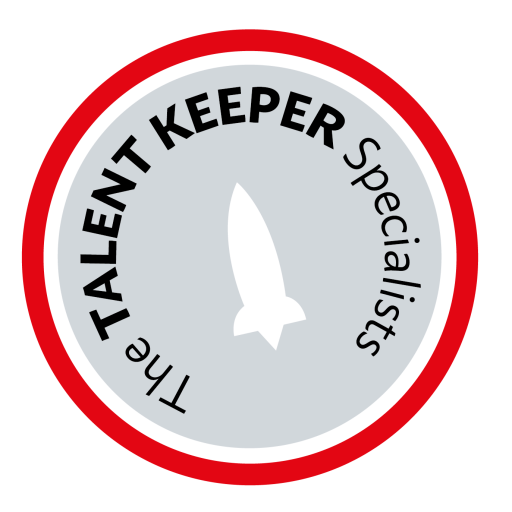
 Founder of the 30% Club, ex-CEO of Newton Asset Management and mother of nine, Helena Morrissey is full of sage advice for business leaders and women who want to see gender balance in the workplace in her book “A Good Time to Be a Girl”. One of our favourite extracts is the re-counting of Andy Haldane’s advice on how to increase diversity in teams.
Founder of the 30% Club, ex-CEO of Newton Asset Management and mother of nine, Helena Morrissey is full of sage advice for business leaders and women who want to see gender balance in the workplace in her book “A Good Time to Be a Girl”. One of our favourite extracts is the re-counting of Andy Haldane’s advice on how to increase diversity in teams.
